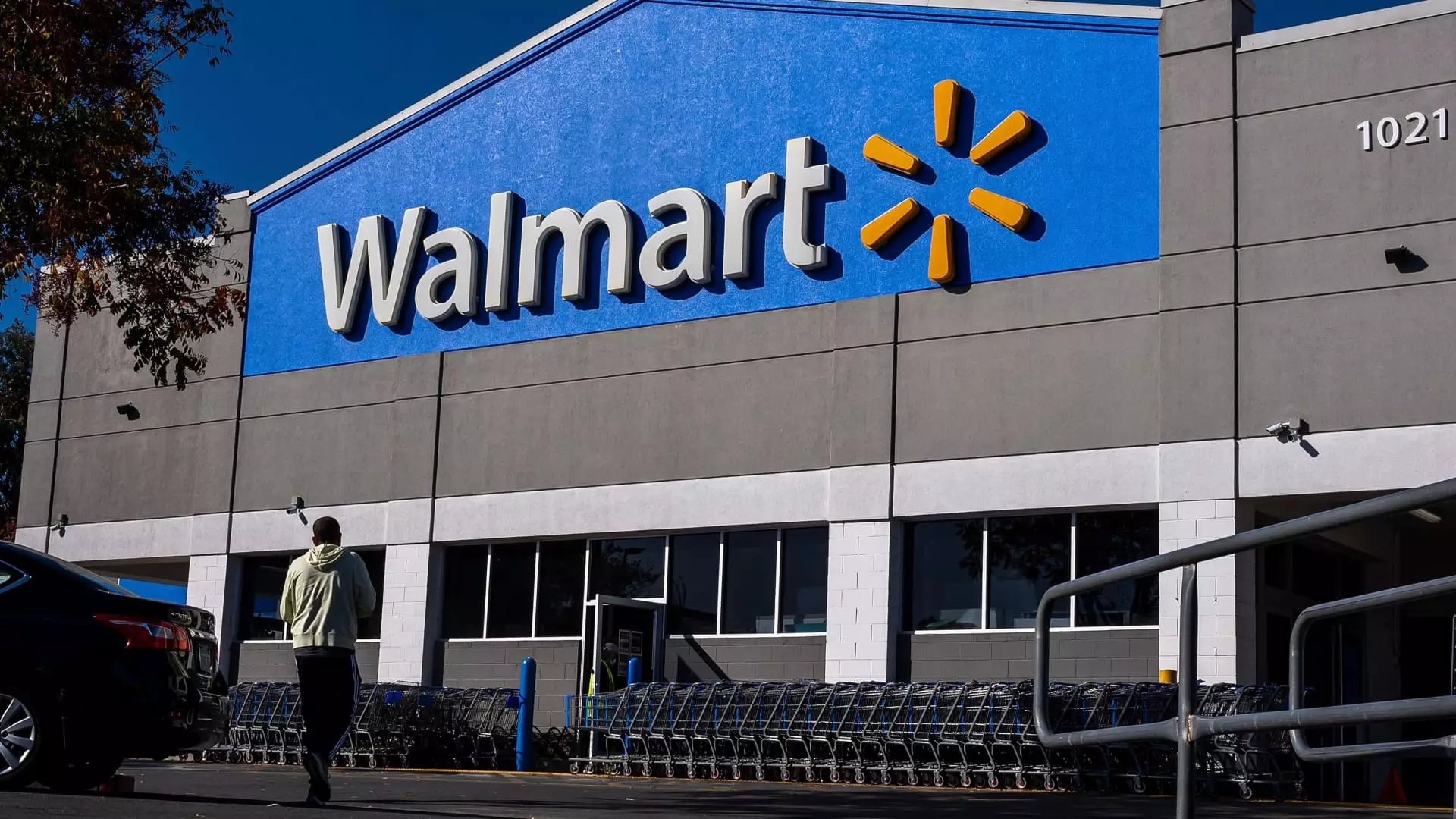In the dynamic world of retail, economic policies significantly influence pricing strategies and consumer behavior. Recently, President-elect Donald Trump proposed tariffs that could alter the prices consumers face at major retailers like Walmart. John David Rainey, Walmart’s Chief Financial Officer, expressed concern about the potential necessity for price increases on certain products if these tariffs are enacted. This situation draws attention not only to Walmart’s pricing philosophy of maintaining everyday low prices but also to broader implications for the retail sector and consumers alike.
Rainey emphasized that while Walmart strives to keep prices low, the reality of tariffs could force the retailer to raise costs on select items. He noted that it is still too early to determine which goods might be affected. Given the ongoing changes in trade policy, this uncertainty presents challenges for retailers in planning their financial strategies. Tariffs have the potential to disrupt pricing structures that companies have built over years, thereby possibly alienating budget-conscious consumers who rely on low prices for essential goods.
Walmart recently reported earnings and sales that exceeded Wall Street’s expectations, which suggests that the company is currently in a stable position. However, Rainey’s warnings serve as a reminder that shifts in the economic landscape—such as increased tariffs—could jeopardize that stability. The National Retail Federation (NRF) has taken a strong stance against tariffs, describing them as a tax on American families and voicing concerns that they could lead to widespread inflation, job losses, and an overall negative impact on the economy. This sentiment underscores the far-reaching implications of trade policies on everyday lives.
Voices from Other Retail Leaders
Walmart is not alone in voicing concerns about the potential fallout from tariffs. Other leaders in the retail sector have echoed similar sentiments, emphasizing the risks associated with increased duties. E.l.f. Beauty’s CEO, Tarang Amin, warned that their business model could suffer if tariffs force them to hike prices. Meanwhile, footwear manufacturer Steve Madden is strategically adapting by planning to reduce imports from China by up to 45% over the next year. This shift illustrates a growing trend among retailers to diversify their supply chains in an effort to mitigate the impending financial impacts of any tariff-related changes.
Rainey highlighted a crucial point: approximately two-thirds of Walmart’s products are sourced domestically. This positions the company somewhat favorably compared to competitors that may rely more heavily on international imports. The ability to source from within the United States provides Walmart with leverage in managing pricing fluctuations due to tariffs. It serves as a robust example of how adaptability in supply chains is essential for retailers facing external economic pressures.
Furthermore, both Walmart and Lowe’s are proactively working to adjust their supply chains to account for potential tariff impacts. Lowe’s CFO Brandon Sink acknowledged that a significant portion of their production costs is derived from international sources. The ambiguity surrounding potential tariffs has compelled companies to be vigilant and prepared for any eventual outcomes.
The Bigger Picture: Economic Impact and Consumer Reaction
The prospect of price increases due to tariffs coincides with a period where inflation had begun to moderate in the United States. Prior to any tariff recommendations, consumers had enjoyed some relief. However, with the looming threat of higher costs, families may need to brace themselves for renewed financial strain. The proposed tariffs could swiftly alter the retail landscape, shifting consumer behavior and affecting purchasing decisions.
The conversations surrounding proposed tariffs and their potential effects on pricing are of critical importance. Retail giants like Walmart and Lowe’s are navigating uncertain waters, emphasizing the need for strategic adjustments to mitigate adverse impacts. As these discussions unfold, the ultimate question remains: how will American consumers respond to potential price hikes, and what could this mean for the future of retail pricing strategies in an era of economic volatility? Time will tell, but proactive measures and diversified supply chains may prove essential for resilience in the face of impending changes.

